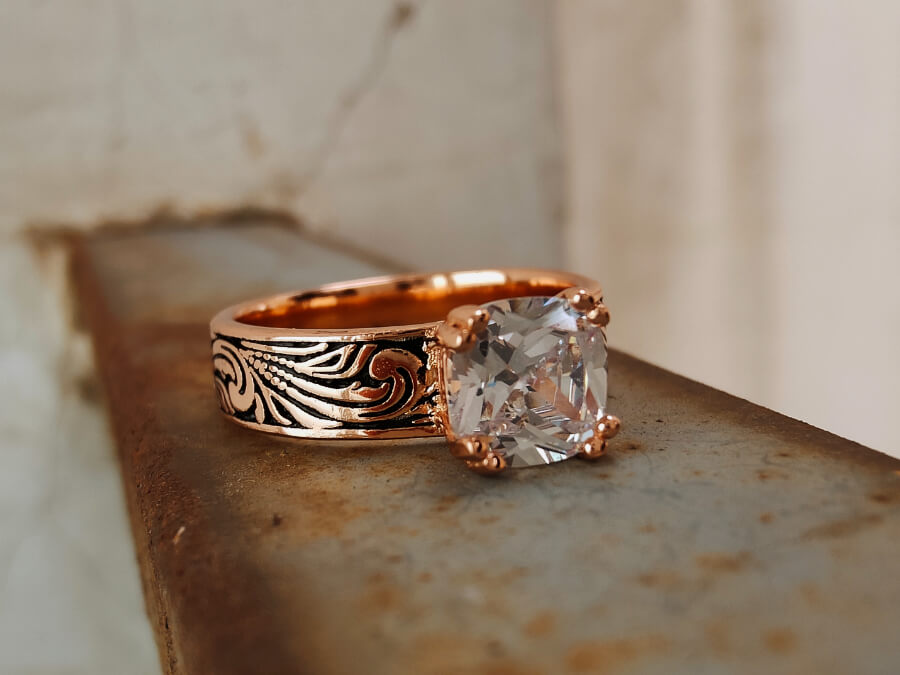Unveiling the Allure of Turquoise Rings: History, Significance, and Secrets to Lasting Beauty!
Turquoise rings have captivated hearts and adorned fingers for centuries, embodying a unique blend of beauty, history, and cultural significance. Their vibrant blue and green hues evoke thoughts of serene skies and tranquil waters, making them a cherished choice across various cultures and eras. From the ancient Egyptians who revered turquoise as a sacred stone to Native American tribes that incorporated it into their spiritual practices, turquoise rings have woven themselves into the fabric of human history. In this article, we will explore the rich history of turquoise rings, their profound meanings, and essential care instructions to help you preserve their beauty for years to come.

The Rich History of Turquoise Rings
The origins of turquoise as a gemstone trace back thousands of years, with evidence of its use appearing in ancient civilizations across the globe. In Egypt, turquoise was a symbol of protection and the afterlife, often found in the tombs of pharaohs. The famous burial mask of Tutankhamun features stunning turquoise inlays that showcase the stone’s revered status. Native Americans also hold turquoise in high esteem; it is believed to be a bridge between the earth and sky, symbolizing both physical and spiritual well-being. Tribes like the Navajo and Zuni have been crafting turquoise jewelry for generations, infusing their pieces with cultural narratives and artistry. As time progressed, turquoise rings became popular in various regions, including Persia, China, and Mexico, each culture adding its unique significance and style to this mesmerizing gemstone. Today, turquoise rings continue to capture the imagination, embodying both historical richness and contemporary elegance.
Cultural Significance and Symbolism
Across different cultures, turquoise rings have been imbued with deep meanings and symbolism. In many Native American traditions, turquoise is believed to possess healing properties and provide protection to its wearer, often worn during ceremonies to invoke blessings and good fortune. Similarly, in Persian culture, turquoise is regarded as a holy stone, associated with the heavens and seen as a talisman against evil. The stone's vibrant color is also linked to prosperity and good luck, making it a popular gift for special occasions. In modern times, turquoise continues to symbolize tranquility, peace, and emotional balance, leading many to wear it as a reminder to stay grounded amid life’s chaos. Personal anecdotes abound, such as a friend who received a turquoise ring from her grandmother, symbolizing a cherished connection to her family's heritage. This emotional significance is what makes turquoise rings not just beautiful accessories, but treasured heirlooms that carry stories and memories.
Choosing the Perfect Turquoise Ring
Selecting the ideal turquoise ring involves considering several factors to ensure that your choice resonates with your style and values. First and foremost, the color of turquoise can range from a deep blue to a greenish hue, with hints of matrix or veining adding character. The quality of the stone is paramount; authentic turquoise should have a rich, vibrant color without excessive discoloration. Additionally, pay attention to the craftsmanship of the ring. A well-made setting not only enhances the beauty of the stone but also protects it from damage. When shopping for a turquoise ring, always inquire about the authenticity of the stone, as there are many imitations on the market. A personal touch, such as choosing a ring that complements your birthstone or reflects your unique personality, can make your turquoise ring even more special.
Care Instructions for Turquoise Rings
Caring for your turquoise ring is crucial to maintain its beauty and longevity. Here are some essential care instructions to consider: Avoid exposing your turquoise ring to harsh chemicals, as they can damage the stone. Clean your ring regularly with a soft, damp cloth to remove dirt and oils. When storing your turquoise ring, place it in a fabric-lined box to prevent scratches. Turquoise is relatively soft on the Mohs scale, so it is wise to take precautions, such as removing the ring before engaging in activities like swimming or cleaning. By following these simple care guidelines, you can ensure that your turquoise ring remains stunning for years to come.
Timeless Beauty and Heritage of Turquoise Rings
In summary, turquoise rings are not only beautiful adornments but also carry a rich history and deep cultural significance. From their ancient origins to their modern-day appeal, these rings symbolize protection, prosperity, and emotional balance. By understanding their history and meanings, as well as following proper care guidelines, you can appreciate the timeless allure of turquoise jewelry. Whether you wear it for its aesthetic beauty or as a meaningful talisman, a turquoise ring can become a cherished part of your collection, echoing stories of the past while shining brightly in the present.





